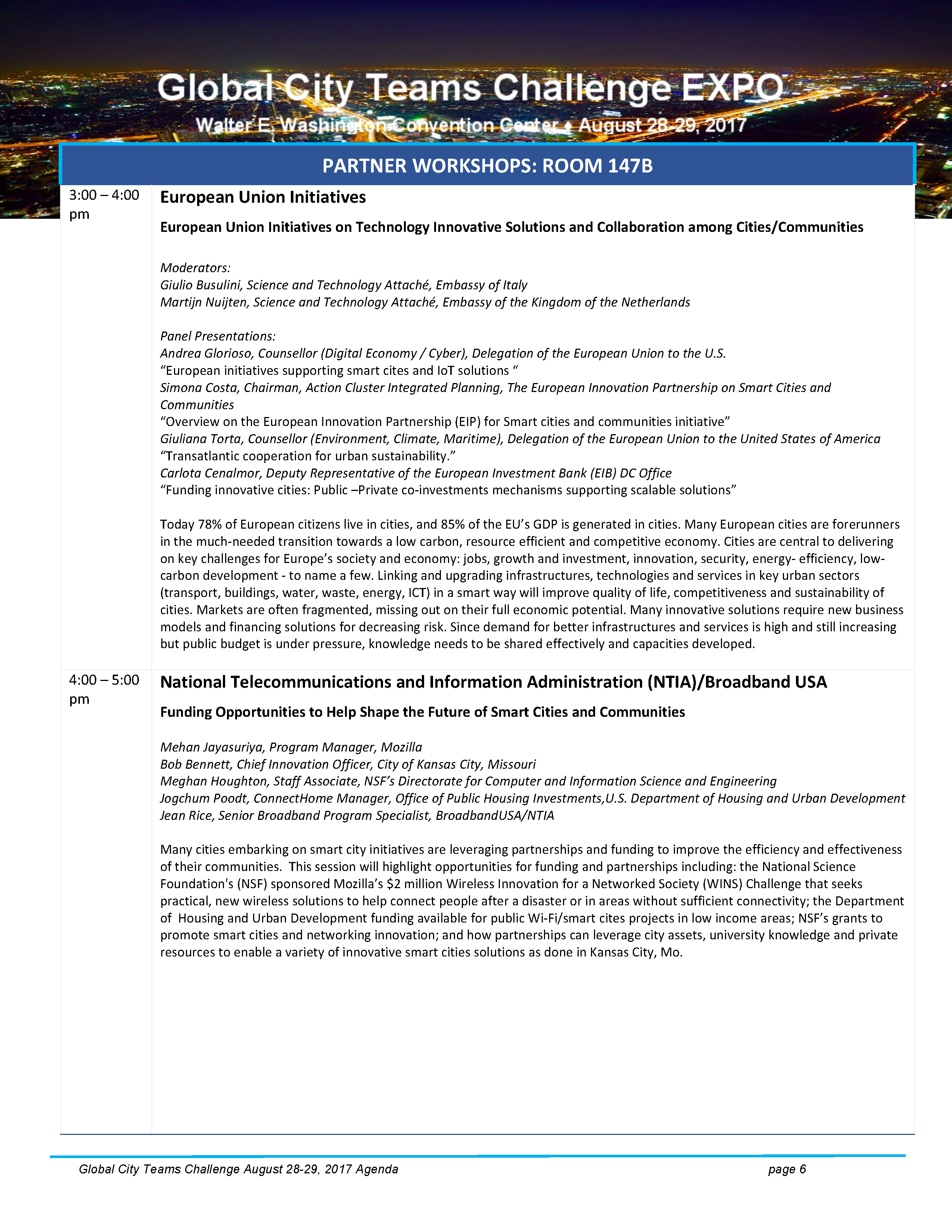

Smart Cities and Communities Framework (SCCF) series: These are best practices in the field of smart cities and communities. The GCTC acts as a matchmaker and incubator, helping form public-private partnerships, called Action Clusters and SuperClusters, dedicated to implementing a given smart city and community project. It brings together cities, communities, industry, academic, and government stakeholder, seeking emerging technologies for smart cities and communities. Global City Teams Challenge (GCTC): This is a collaboration platform. NIST’s Smart Cities and Communities Projects: NIST engages stakeholders, encourages partnerships and collaboration, and informs them of key findings and developments by offering a set of frameworks. In conducting this research, NIST seeks to facilitate stakeholders’ development of replicable, scalable and interoperable smart cities and communities.

NIST considers smart cities and communities to be an opportunity for studying CPS and IoT at scale, across sectors, and their interactions between devices, applications, and humans. NIST’s Role: NIST works to develop the foundations and measurement science for CPS and IoT. When applied to transportation, health care, utilities and other sectors, these CPS and IoT could expand and improve services, promote economic growth, and enhance quality of life.

Such a system involves cyber-networking devices and other supporting systems working with physical infrastructure. Smart Cities and Communities, Cyber-physical Systems, and Internet of Things: Cities and communities across the globe are seeking to deploy advanced technologies such as Cyber-Physical Systems (CPS) and Internet of Things (IoT) to improve the quality of life for their residents. Cumberland, Maryland, USA, road condition analysis (left) Indiana, USA, Wabash Heartland Innovation Network (right)


 0 kommentar(er)
0 kommentar(er)
